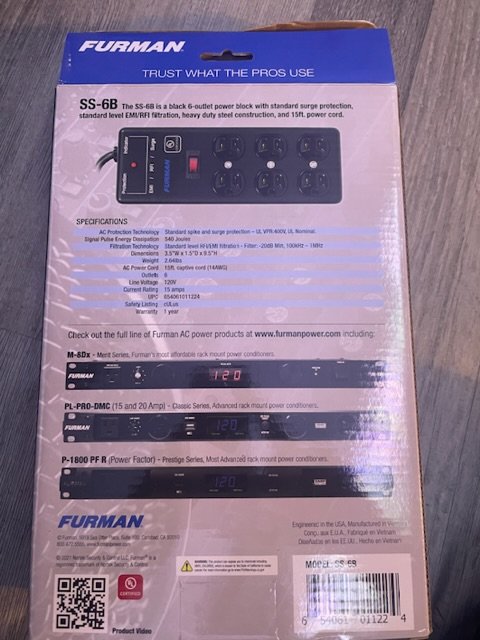A100W heater running continuously produces about 24 calories of heat per second. A calorie is the amount of heat required to raise the temperature of one gram of water by one Celsius degree. So a heater of any given wattage is limited in how far it can raise the temperature of any given aquarium by the ambient temperature in the room and by the rate at which the aquarium loses heat to the room. The old rule of 4 or 5 watts per gallon was broadly based on the idea that the room would be something like 60F at its coolest; if the room is much colder, then a 5watt-per-gallon sized heater can run continuously but simply won't be able to heat the water past a certain point, and that point can be well below the danger level or even the desired level. That's why multiple smaller heaters are safer than one big one.
The catch is that using, for example, a pair of 200W heaters in place of a single 400W one can still overheat the water if one of them gets stuck in the
on position. You really need to go to several much-smaller units that combine to achieve the heating you want, but individually are not capable of producing the over-heating you fear.
I am currently changing my fishroom organization a bit; allowing the room itself to be kept much cooler rather than heating the whole room as in the past, and accepting that a couple of tanks will require their own heaters. That's the part I hate; individual tank heaters are without a doubt the most failure-prone equipment aquarists use. My plan is to use two thermostatically-controlled heaters set to the desired temperature, and then plug them into a controller set slightly higher. This way the heaters are contolled by their own crappy built-in thermostats, but if one sticks
on the controller will cut power as soon as the temp hits that upper setting which will still be a safe temperature. If a single heater's thermostat sticks
off...which I have never seen happen but obviously is still possible...then the other heater will pinch-hit and keep the temperature safe.
There's still one possible problem scenario; if
both heaters get stuck
off, then no amount of controller overwatch will keep my tanks warm. After years of heating the fish room...worrying about this is a PITA.
<<<sigh>>> I hate heaters.

Rob909 did you order the power conditioner yet or did the 2nd heater do same thing?



